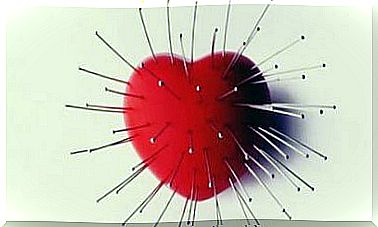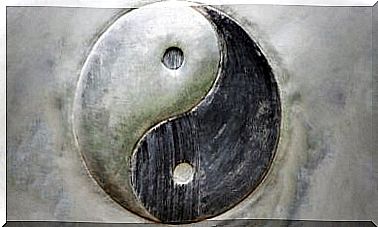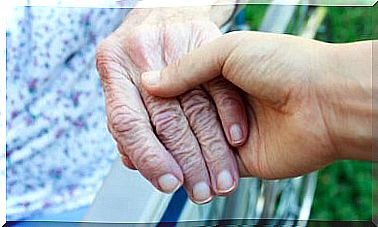Somatic Therapy: Releasing And Understanding Emotions Trapped In Our Body

Somatic therapy helps us understand and promote a correct harmony between body, mind and emotions. It is a holistic approach that makes use of various therapeutic strategies. Thus, its purpose is to help us become aware of various somatic experiences, those that are associated with traumatic events or entrenched emotions.
Sometimes we overlook that close conjunction between mind, body and emotions. A striking fact that should make us reflect is, for example, that documented by Dr. Bruce Perry, director of the Alberta Children’s Mental Health Hospital in Canada. This psychiatrist, also an expert in behavioral pediatrics, noticed an aspect that was as positive as it was curious.
All those children who their teachers labeled as being overly nervous, misbehaving, and underperforming in class made enormous progress by practicing a series of physical activities just before entering the classroom. After these exercises, they were more relaxed and academically focused, to the point of noticeable improvement in the literacy and mathematical process.
The truth is that we still do not fully understand that very special link established between the body, our emotions and even with cognitive performance. Possibly, one of the most relevant figures in this field is Antonio Damasio. Thus, one of his best known theories is undoubtedly that of

Goals of somatic therapy
Somatic therapy is a psychobiological approach oriented most of the time to treat trauma. One of the premises that nourishes the roots of this approach is that without treating the body and the mind as a unit, it is practically impossible to facilitate a complete healing of the person.
This technique was developed by the Berkeley professor Standley Keleman in 1971. Its purpose was “to heal the physical, emotional and psychological knots derived from conflicts, experiences and unresolved experiences”.
Likewise, it is applied effectively in problems of anxiety, stress, depression, addictions and even to promote a better quality of life in people with chronic pain. If we now ask ourselves about the effectiveness of somatic therapy, we can say that we have abundant scientific documentation.
Thus, studies carried out from the University of Jerusalem and the Los Angeles Trauma Institute explain that somatic therapy is a useful strategy in the treatment of post-traumatic stress. Good progress has been seen in cases of patients who suffered abuse in childhood and even in people who were immersed in events related to natural disasters.
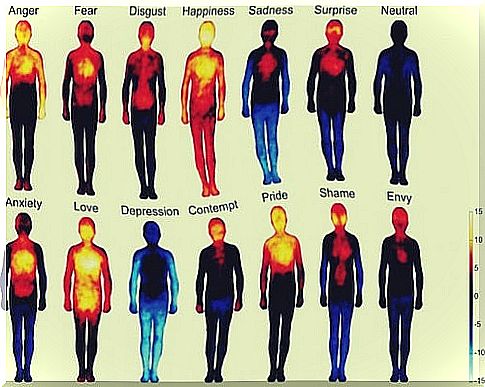
Goals of somatic therapy
We are facing a type of psychobiological approach where body consciousness is integrated into the psychotherapeutic process.
- It starts from the idea that every trauma, every complex event, problem or concern generates an impact on the autonomic nervous system.
- These complex emotions, far from dissolving over time, become somatized in our body. And they do it in the form of digestive problems, hormonal imbalances, in the immune system, in muscle aches, headaches, allergies. ..
- The therapist’s goal is to facilitate homeostasis. That is, to achieve a harmony between mind and body, there where nothing hurts, there where nothing obscures our ability to function in the present without the weight of the past.
- In the somatic therapy sessions, tools are provided and offered so that the patient can detect each sensation that occurs in his body.
- Also, somatic therapy differs from cognitive therapy in that the intervention goes from the body to the mind. Unveiling and understanding these internal sensations, both visceral (interoception) and musculoskeletal (proprioception and kinesthesia) allows the therapist to go later to emotional realities.
Likewise, it must be said that in recent years somatic therapy has found greater scientific support thanks to advances in neuroscience. Studies such as that of Dr. Lauri Nummenmaa, professor of cognitive neuroscience at Aalto University in Finland, was undoubtedly one of the most striking and revealing.
In this work, published in the journal Proceedings of the National Academy of Sciences of the United States of America (PNAS), we were shown the first body map of human emotions. Internal realities such as anger, fear, disappointment, illusion, surprise or envy showed greater physiological activity in a certain area of our body.
How to release and understand the emotions trapped in our body
Dr. Peter Levine, a biophysicist and psychologist at the University of California, Berkeley, is one of the exponents of the so-called somatic experimentation therapy. His approach to mediating that emotional release is to be able to “detach” it from our body first. For this, it is necessary that we ourselves be aware of that pathological imprint contained in our body.
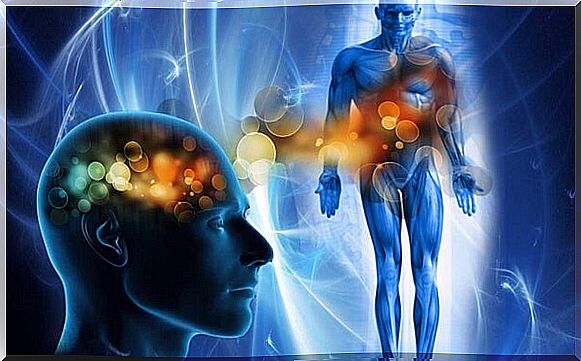
The means to achieve this are the following:
- Relaxation techniques and deep breathing.
- Physical exercises such as dances, movements, stretching, etc.
- Exercises with the voice.
Each person will function better with one type of technique or another. However, the purpose is to make the person aware of somatic experiences. Each sensation should evoke some images and emotions, those that will help the therapist to understand what is happening.
To conclude, it should be noted that this type of therapy is not without its critics. The main one is that there are many people who make the mistake of going to this strategy without previously having a clear diagnosis. It is always necessary to rule out organic problems, diseases and hormonal alterations, such as thyroid problems.
Somatic therapy, although useful and interesting, does not have the rate of effectiveness that, for example, more relevant therapies such as cognitive-behavioral therapy have. However, we cannot ignore its boom today.
